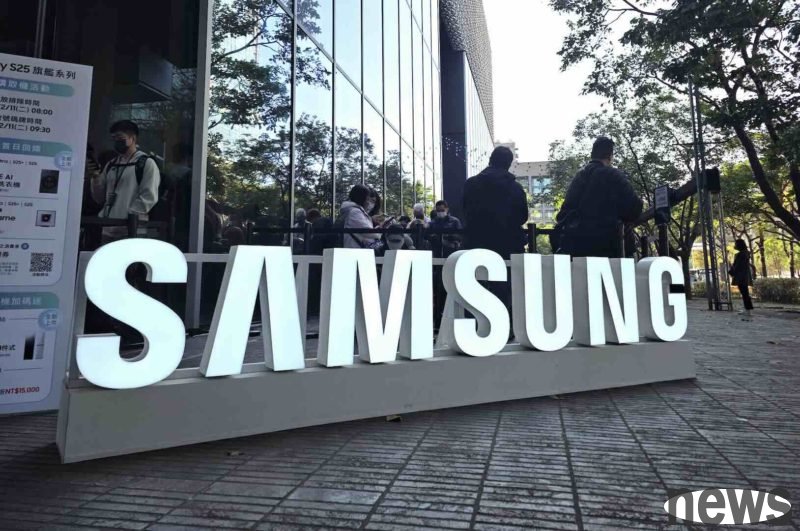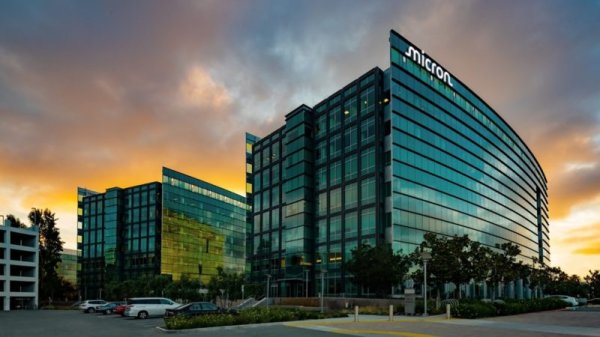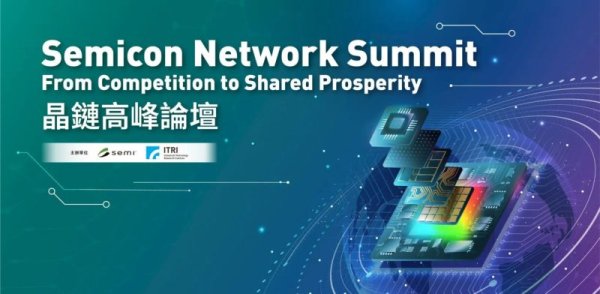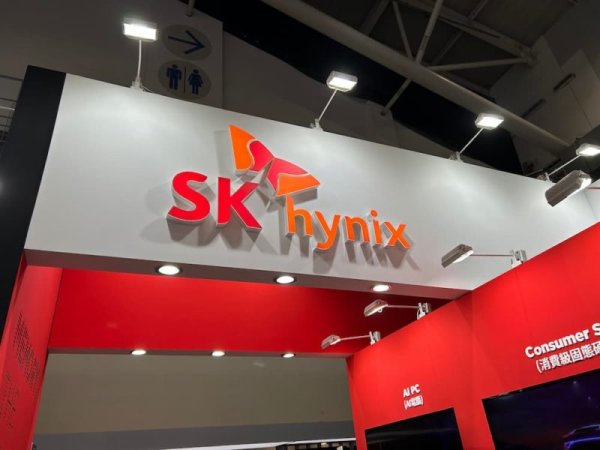Korean media: Samsung is here! 1c DRAM yield exceeded 50%, HBM4 production in the second half of the year

Samsung Electronics has successfully exceeded the yield rate of the 10-nanometer sixth-generation (1c) DRAM process, reaching more than 50%. It is planned to enter the sixth-generation HBM (HBM4) and be mass-produced in the second half of the year.
1c DRAM production stage is about 11 to 12 nanometers, and it is the sixth generation product of the 10 nanometer grade. Compared with the mainstream 4th generation (1a, about 14nm) and 5th generation (1b, about 12-13nm) DRAM, 1c has higher density and lower power consumption, and has thinner grain thickness, which is conducive to stacking more memory layers in HBM4 and greatly improving capacity and frequency density.
Currently, the HBM market is still led by SK Hynix and Micron. SK Hynix is the first to ship HBM4 products based on 1b DRAM, and master the 8- and 12-layer markets of HBM3E (fifth-generation HBM). Micron is closely following behind. Samsung is behind a lot, and although it has supplied HBM3E to AMD, it has not passed NVIDIA testing, which has challenged its market share in the AI memory market.
To reverse the situation, Samsung has invested fully in 1c DRAM research and development since last year, and has led the redesign industry by DRAM development director Huang Xiangfei (sound translation). He pointed out that the fundamental reason why the performance and yield of 1c DRAM fails to meet the standards is the initial design architecture, which emphasizes that "it will be difficult to make progress without being thoroughly corrected from the design stage." It is reported that the initial progress of the case was hindered due to the lack of cooperation between the design team and the manufacturing department. The high-level intervention to adjust the design process also reflects Samsung's determination to return to the leading position in technology.
Samsung also decided on its aggressive market counterattack strategy. In the second half of the year, we will plan to supply HBM4 products and emphasize "customized HBM" as the core of the new strategy. HBM4 allows the integration of logical dies with DRAM stacking to optimize the overall architecture through the wafer foundry process to provide efficient solutions according to different application needs. In order to enhance overall performance and integrate flexibility, Samsung has also introduced a self-developed 4-nanometer process for mass production of logical dies built on the bottom of the HBM4 stack.
It is worth mentioning that according to the Korean media "The Bell", SK Hynix is relatively conservative in investment in 1c DRAM and will focus on the production of HBM3E and HBM4 with 1b DRAM. It is expected that the 1c process will not be introduced until the seventh generation of HBM (HBM4E).
This also highlights that Samsung hopes to introduce advanced processes earlier and get the first step in technical sessions. If Samsung can continue to improve the yield of 1c DRAM, it will not only help narrow the gap between competitors, but will also strengthen its supply capacity and customer trust in the AI and high-efficiency computing market.
삼성, 차세대 D램 수율 개선되자 즉각 설비 투자…HBM4 양산도 청신호 삼성전자, 10나노급 6세대 D램 수율 안정화… HBM4 양산 ‘탄력’ 삼성전자, 10나노급 6세대 D램 개발 과정서 ‘내홍’ 지속



